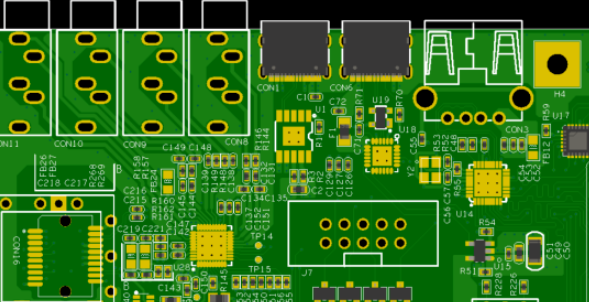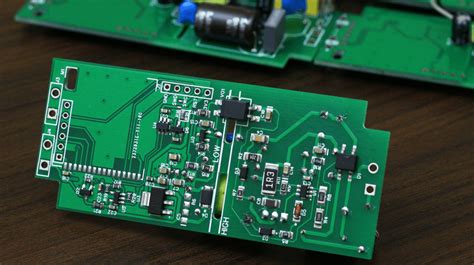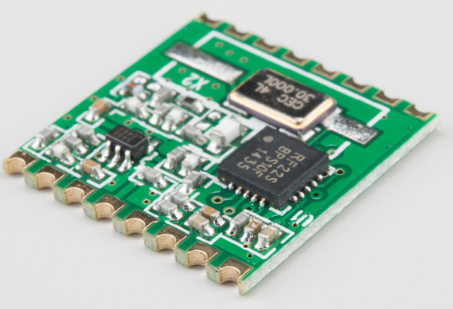Basic knowledge of EMC theory – grounding design
Grounding is one of the important means to suppress electromagnetic interference and improve the electromagnetic compatibility of electronic equipment. Correct grounding can not only suppress the influence of interference, but also suppress the interference radiated by the equipment; on the contrary, incorrect grounding will introduce serious interference and even make the electronic equipment unable to work properly.
1.The concept of grounding
“Ground” in electronic equipment usually has two meanings: one is “earth” and the other is “system reference ground”. Grounding refers to the establishment of a low-resistance conductive path between a selected point in the system and a potential reference. “Connecting to the earth” means using the earth’s potential as a reference and the earth as the zero potential, connecting the metal casing of the electronic equipment, the selected point of the line, etc. to the earth through a grounding device composed of grounding wires and grounding electrodes. “System reference ground” refers to the reference conductor of the signal loop (electronic equipment usually uses a metal base, housing, shielding cover or thick copper wire, copper belt as the reference conductor), and the potential of the reference conductor is set to a relative zero potential, but not the zero potential of the earth, referred to as the system ground. There are two purposes of grounding: one is for safety, called protective grounding. The metal casing of electronic equipment must be connected to the ground, so as to avoid excessive ground voltage on the metal casing due to accidents, which may endanger the safety of operators and equipment. Second, it provides a low-impedance channel for the current to return to its source.
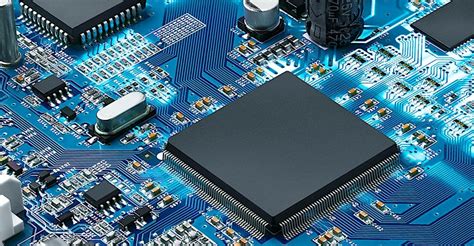
2 Types of grounding
In fact, various ground wires have electrical or physical connections, and there is not necessarily a clear division. In the ground system, sometimes a ground serves as both a protective ground and a lightning protection ground; or it serves as both a working ground and a protective ground. Different ground connections with different functions are aimed at different electrical objects, and the emphasis of their treatment methods will also be different.
a. Protective grounding
Protective grounding is to protect the safety of equipment, devices, circuits and personnel, prevent lightning strikes and static electricity from damaging equipment, or protect personal safety in the event of equipment failure. Therefore, protective grounding must be adopted on the chassis and metal casing of equipment, devices, and circuits.
The principle of protective grounding is: by short-circuiting the casing of the equipment with fault voltage to the ground or ground wire end, the short-circuit current generated during the protection process disconnects the fuse or air switch, thereby achieving the role of protecting the safety of equipment and personnel.
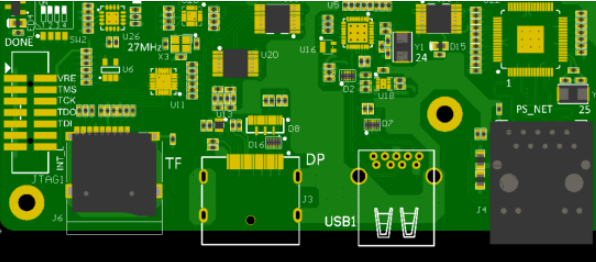
b. Working ground
The working ground is the equipotential reference point or reference plane of the signal between the single board, motherboard or system, which provides a low impedance channel for the signal return. The signal quality depends largely on the quality of the working ground. Due to the influence of the characteristics of the grounding material and other technical factors, no matter how well the connection or overlap of the grounding conductor is done, there is always a certain impedance. The return of the signal will produce a voltage drop on the working ground line, forming a ground ripple, which will affect the signal quality; the weaker the signal and the higher the signal frequency, the more serious this effect. Despite this, it is still very important to minimize the impedance of the working ground conductor in design and construction.

